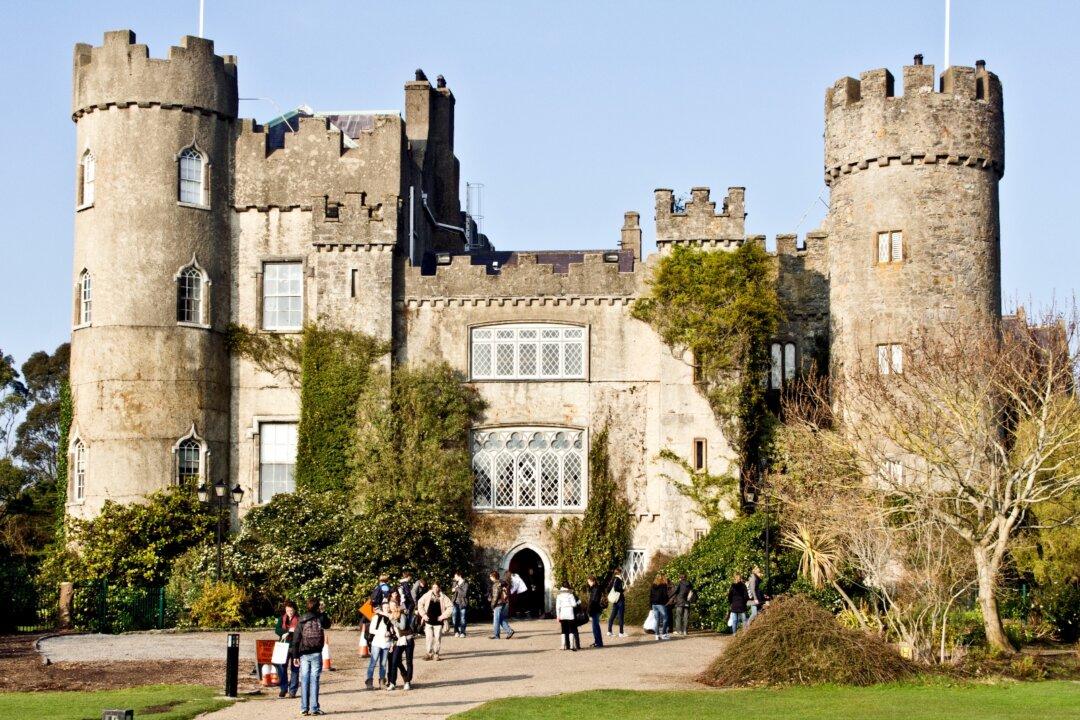The waves are rough and choppy and the wind and sea spray whip my hair and face, but I feel a tremendous sense of exhilaration. It’s early fall, a little past the peak tourist season, and I’m out on the Irish Sea in a fishing boat-turned ferry boat with our guide Leona Flynn and a few travel writer and blogger friends.
We are on our way to Ireland’s Eye, a small island off the coast of County Dublin, Ireland. Just a few kilometers away from Dublin city and the charming port of Howth, Ireland’s Eye has the feel of a wild, remote island and could well be the setting of a children’s adventure story.






